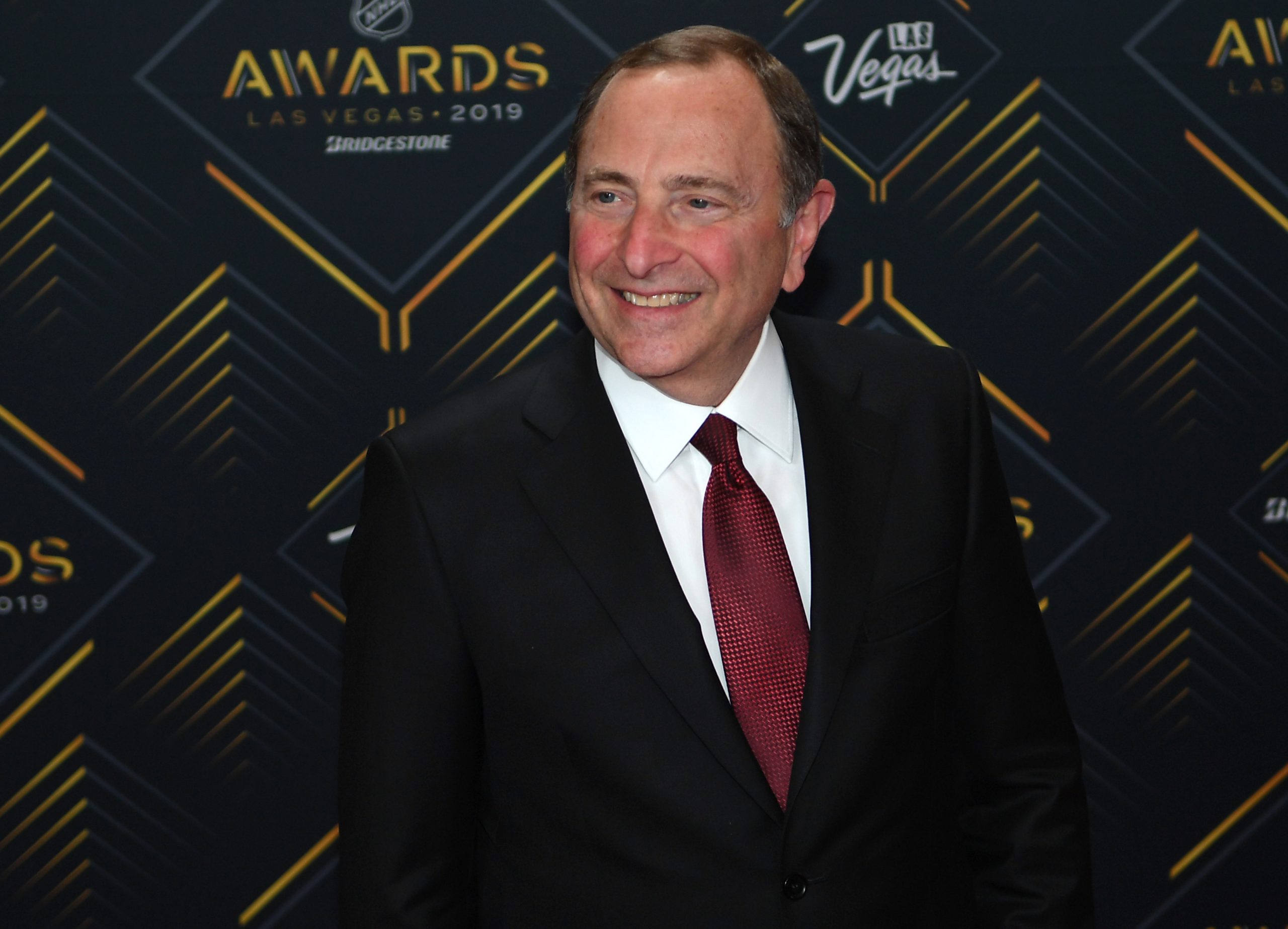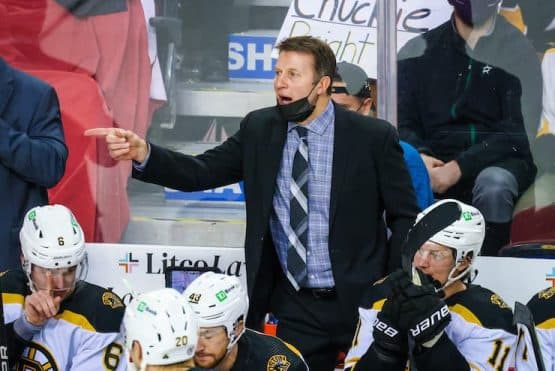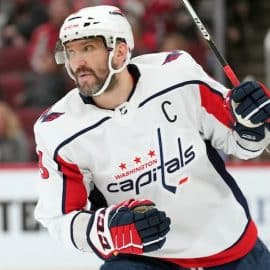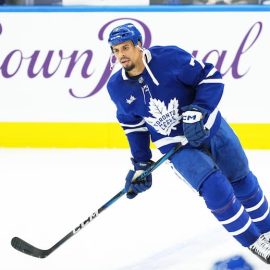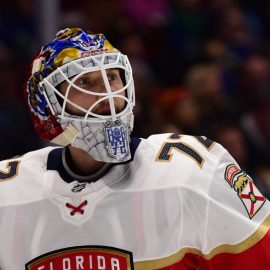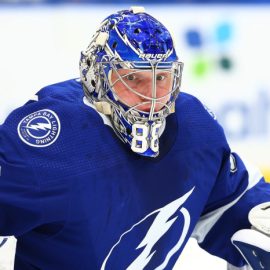Commissioner Gary Bettman announced a series of rule changes for the upcoming NHL season.
Most significant of the changes involve the video review process.
Here’s the entire list of changes, per the NHL:
- New category: In addition to coach’s challenge for “offside” and “interference on the goalkeeper,” a third category will allow for the coach’s challenge of goal calls on the ice that follow plays in the offensive zone that should have resulted in a play stoppage, but did not. This change will allow challenges of plays that may involve pucks that hit the spectator netting, pucks that are high-sticked to a teammate in the offensive zone, pucks that have gone out of play but are subsequently touched in the offensive zone, and hand passes that precede without a play stoppage and ultimately conclude in the scoring of a goal. Plays that entail “discretionary stoppages” (e.g. penalty calls) will not be subject to a coach’s challenge.
- Penalties for unsuccessful challenges: The number of coach’s challenges that can be made will no longer be limited based on the availability of a team’s timeout. Teams will be permitted to exercise a coach’s challenge at any time, but with escalating “consequences” for unsuccessful challenges. The consequences of unsuccessful coach’s challenges will be made consistent across all three categories of coach’s challenges: (1) minor penalty for delaying the game on a club’s first unsuccessful coach’s challenge; and (2) double-minor penalty for delaying the game for each additional coach’s challenge that is unsuccessful. The Situation Room in Toronto will continue to be responsible for initiating video review in the final minute of regulation time and overtime as well as continue to have final authority over all coach’s challenge video review decisions with input and consultation from both the on-ice officials and a former official staffed in the Situation Room.
- Major & match penalties: Referees will be required to conduct an on-ice video review for all major (non-fighting) and match penalties they assess on the ice for the purpose of: (a) “confirming” the penalty; or (b) “reducing” the penalty to a two-minute minor penalty. Referees shall not have the option to rescind a called penalty altogether. The referees will be provided with all available video to review their own calls but will not otherwise consult with the NHL Situation Room with respect to their review.
- Double minor for high-sticking: Referees will have the ability to conduct an on-ice video review to confirm (or not) their original call on the ice, and, in particular, whether the stick causing the apparent injury was actually the stick of the player being penalized. The referee’s review of all high-sticking/double-minor penalties will be discretionary and not mandatory and will be conducted without consultation with the NHL Situation Room.
Other changes include:
- Players having to leave the ice if their helmet falls off.
- Teams being able to choose which faceoff circle to line up at on a power play and after icings.
- Awarded goals if the net is deliberately displaced by a goaltender during a breakaway.
Follow us on Twitter @NHLShout and “Like” us on Facebook. You can also email us at [email protected].
Add The Sports Daily to your Google News Feed!
